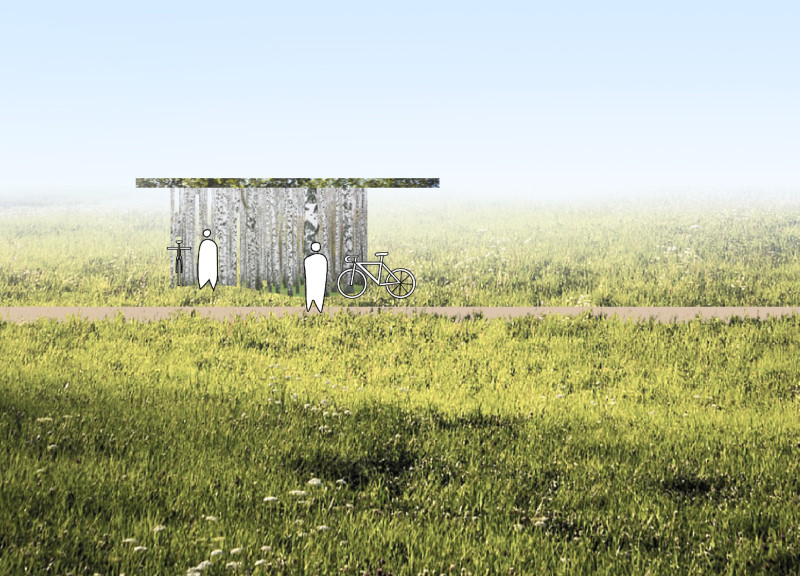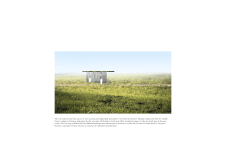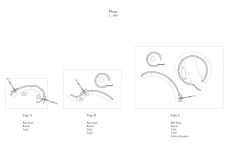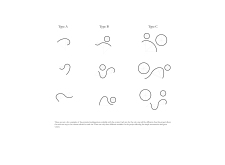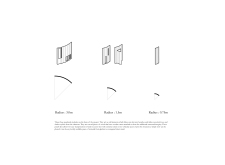5 key facts about this project
The design focuses on creating velo stops, which are intended to serve cyclists. Placed in various landscapes, these structures are inspired by natural groves of trees. They offer essential shade and a resting space, enriching the cycling experience. The overall goal is to ensure that each velo stop fits harmoniously into its surrounding environment while maintaining a consistent design theme across different locations.
Modular System
The project features a modular design that incorporates different components to allow for various configurations. Each velo stop adapts to its geographical context, ensuring practical use of space while aligning with the specific needs of cyclists in that area. By using three distinct modules, the design balances diversity and efficiency in construction, making it straightforward to assemble each stop in its intended setting.
Functionality and User Experience
The modular panels serve several functions, acting as walls that support bike storage, seating, and shelter. Cyclists can easily position their bikes against these panels, which also facilitate the addition of benches and tables for relaxation. This multifunctional design effectively meets practical needs while improving the overall experience for users, making it a welcoming place to take a break.
Materiality
Curved wood and wooden struts are the primary materials, providing strength and a natural look that aligns with the project's inspiration from the environment. The roofing options, including glulam and corrugated sheet metal, enhance durability while remaining practical for various climates. These materials work together to create a cohesive appearance that encourages interaction with the surrounding landscape.
The gentle curves of the panels evoke a sense of warmth, inviting users to engage with the space. This design detail fosters a connection between cyclists and nature, offering a comfortable sanctuary amid their travels.


